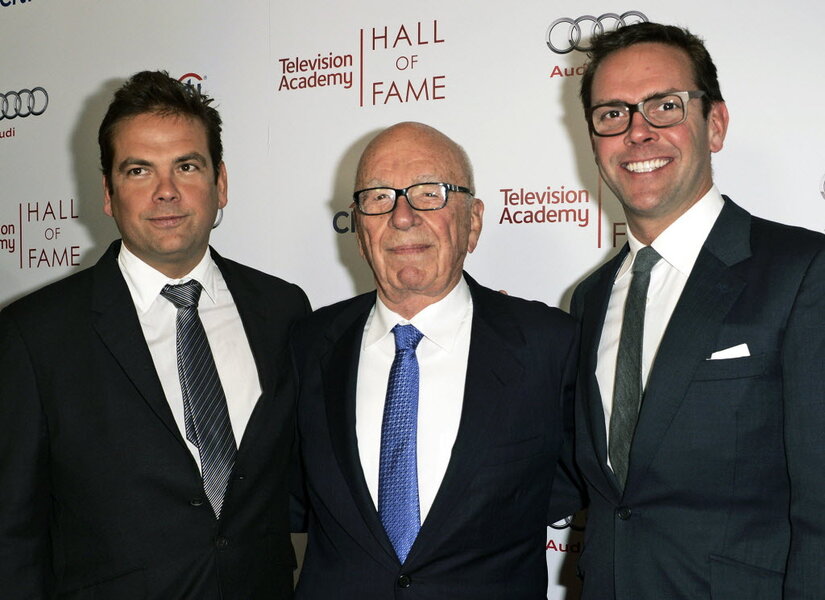National Geographic sells majority of media to 21st Century Fox
Loading...
| WASHINGTON
The 127-year-old nonprofit National Geographic Society has struck a $725 million deal that gives 21st Century Fox a majority stake in National Geographic magazine and other media properties, expanding an existing TV partnership.
The agreement announced Wednesday will give the company controlled by Rupert Murdoch's family a 73 percent stake in the new National Geographic Partners venture. The society retains 27 percent ownership. The move shifts the longtime nonprofit flagship magazine into a for-profit venture.
The arrangement brings together National Geographic's magazine with its cable channels and other media businesses. National Geographic originally partnered with Fox in 1997 to launch the National Geographic Channel. Officials said aligning the various media brands will help fuel future growth.
"This expanded partnership, bringing together all of the media and consumer activities under the National Geographic umbrella ... creates vast opportunities and enables this business to be even more successful in a digital environment," said James Murdoch, CEO of 21st Century Fox, in announcing the deal.
The new venture will be governed by a board with equal representation from Fox and National Geographic. Declan Moore, a 20-year veteran of the society, will be CEO of National Geographic Partners.
Spokeswoman MJ Jacobsen said National Geographic essentially retains editorial control with the same leadership team and editors, and the media ventures will continue to be based at National Geographic's headquarters in Washington.
Gary Knell, the president and CEO of the National Geographic Society, said the new venture would deliver an ongoing revenue stream to help fund grants and programs that support science and research worldwide. The transaction also increases the society's endowment to nearly $1 billion. Knell will be the first board chairman of the new venture.
"Certainly we are going to be able to fund more science, education, research in the field," Jacobsen said. "That's great news for scientists in the field.
"The editor of the magazine is very happy because it's going to be more money for storytelling. It's really not a secret that media is stretched and pulled and disrupted today," she said.
The nonprofit society will retain its National Geographic Museum in Washington and plans to double its investment in science, research and education programs. Future plans call for a new education center devoted to improving geographic skills of high school students and the creation of centers of excellence in cartography, journalism and photography.
Another nonprofit media outlet, Sesame Workshop, recently announced "Sesame Street" would partner with HBO to give the children's programming a second home on the premium cable channel.





